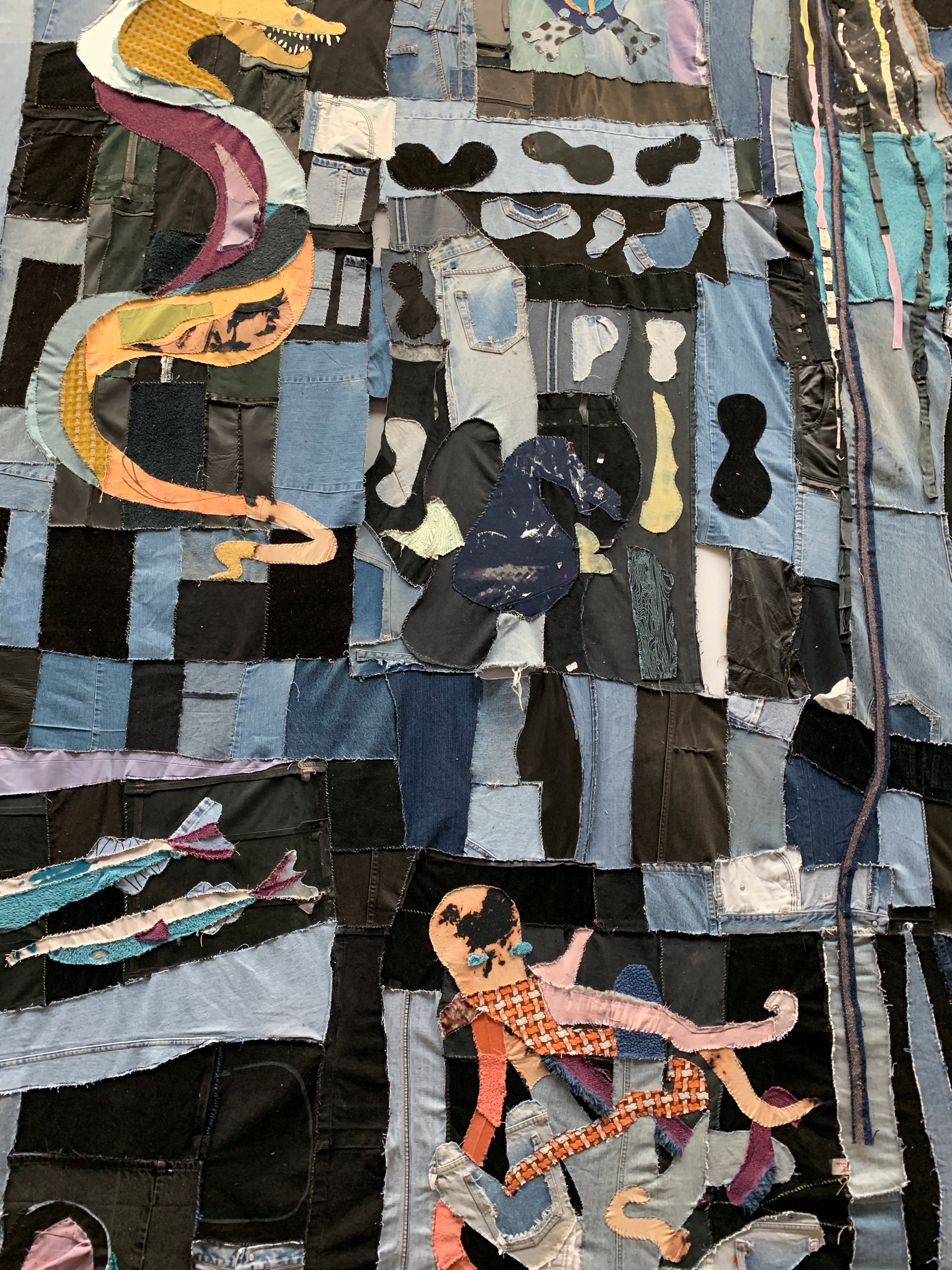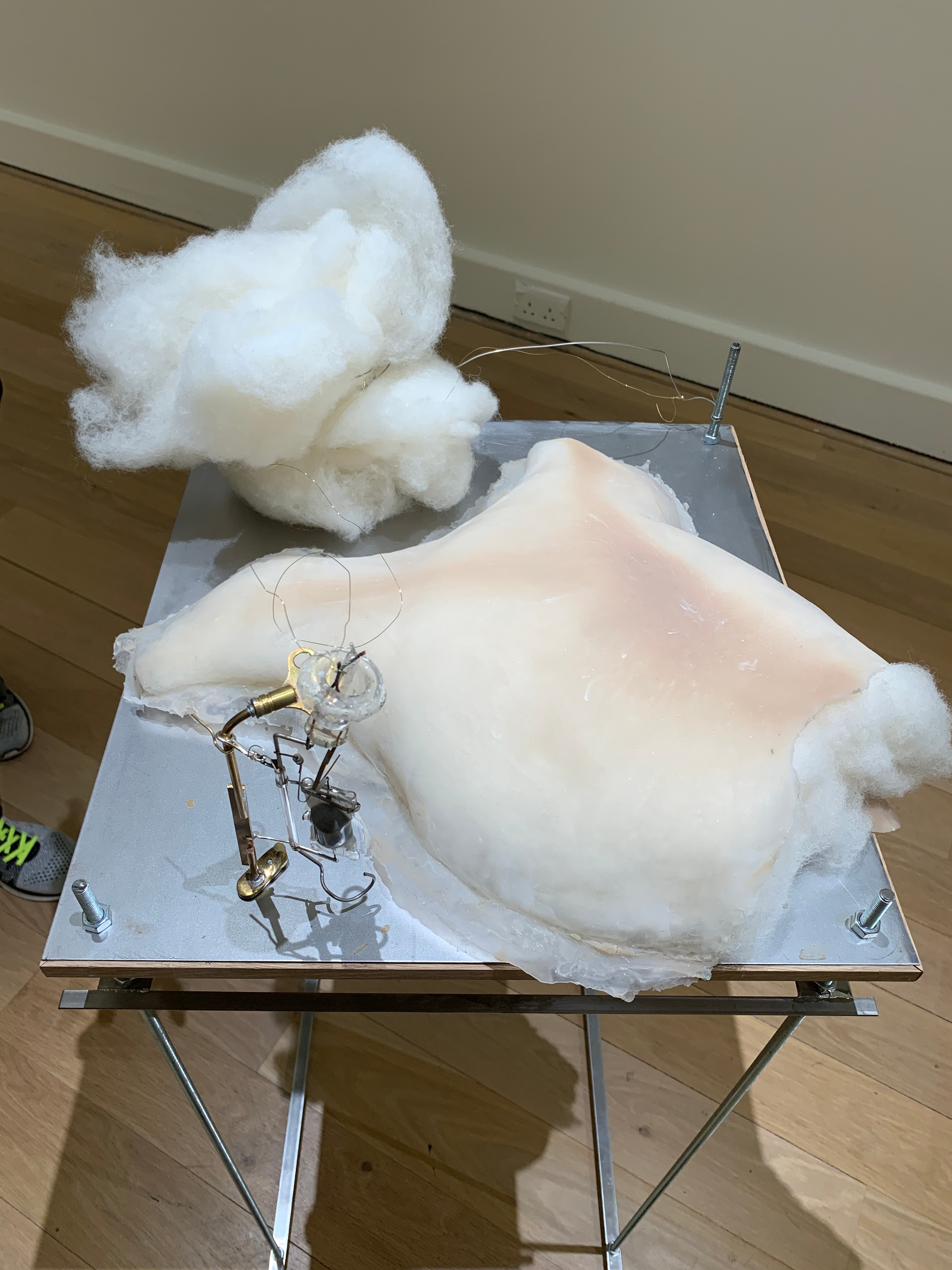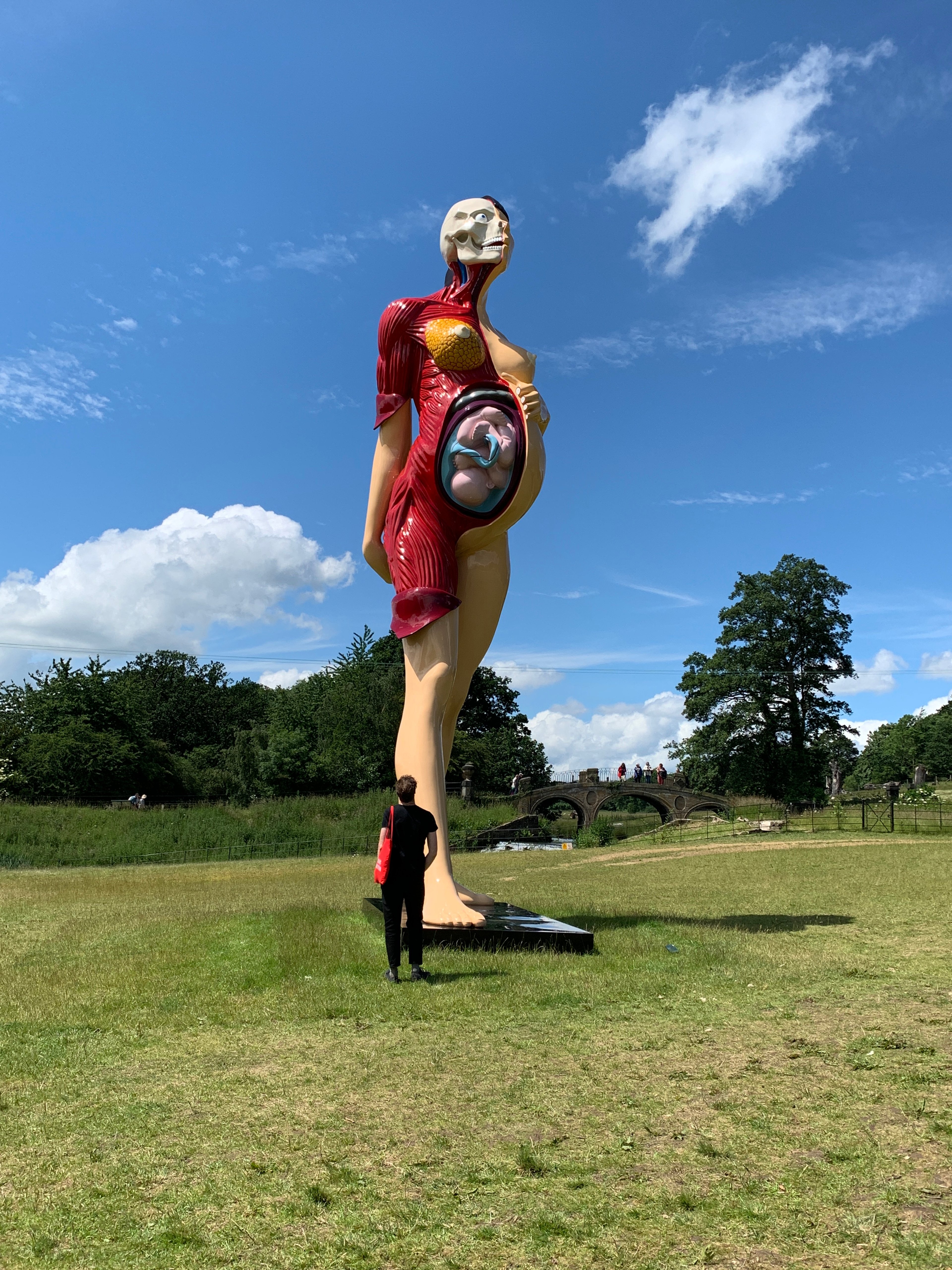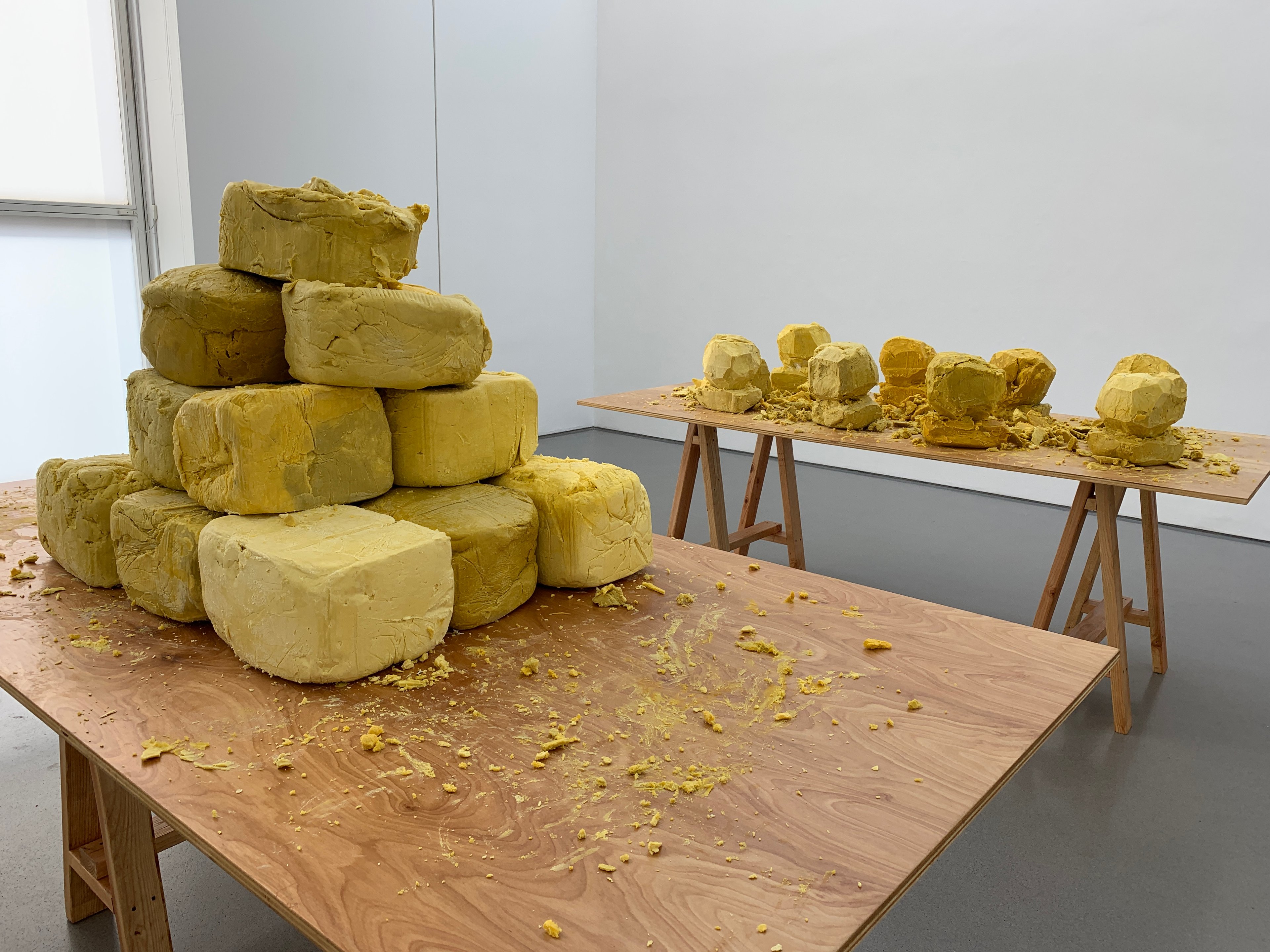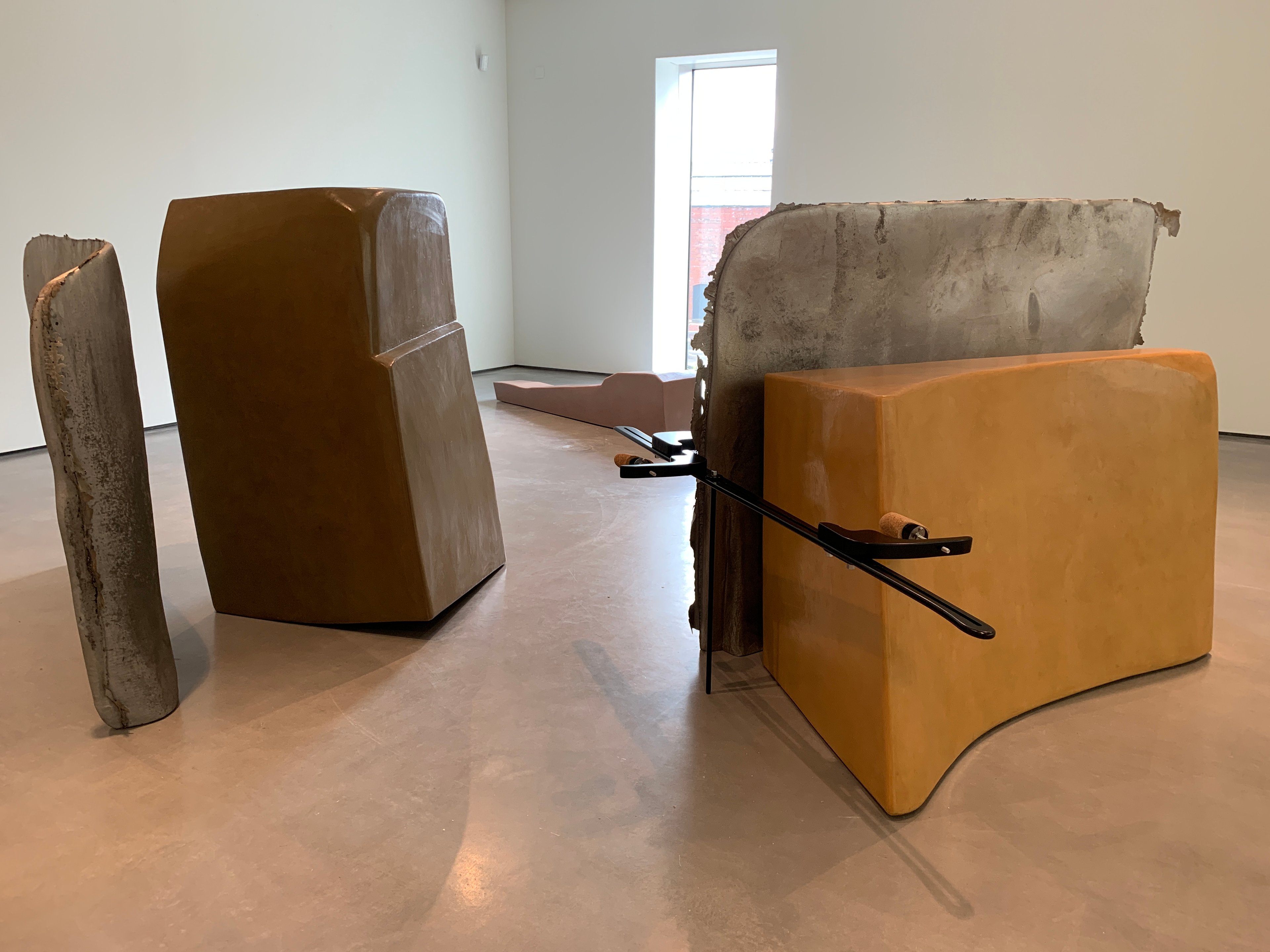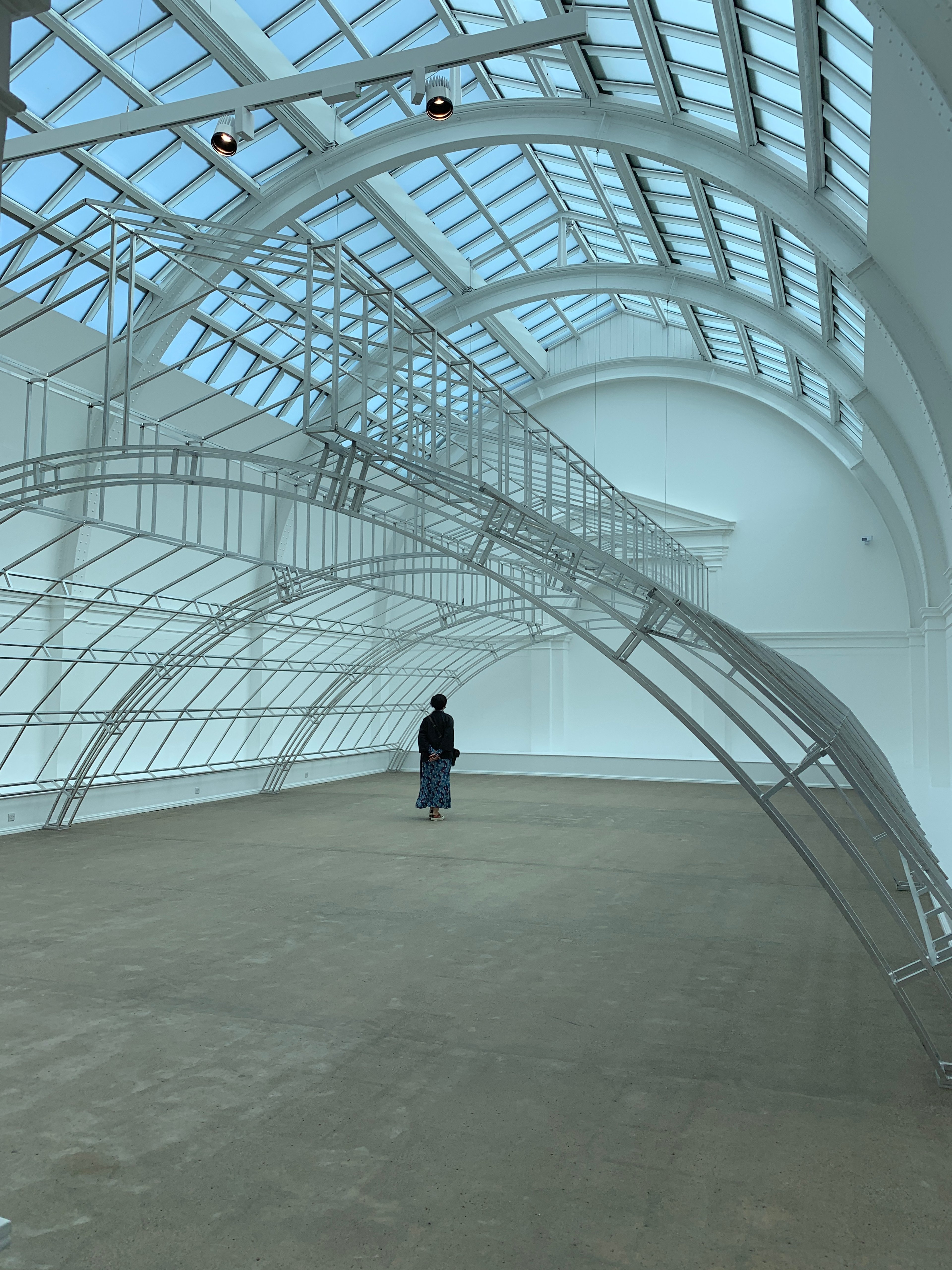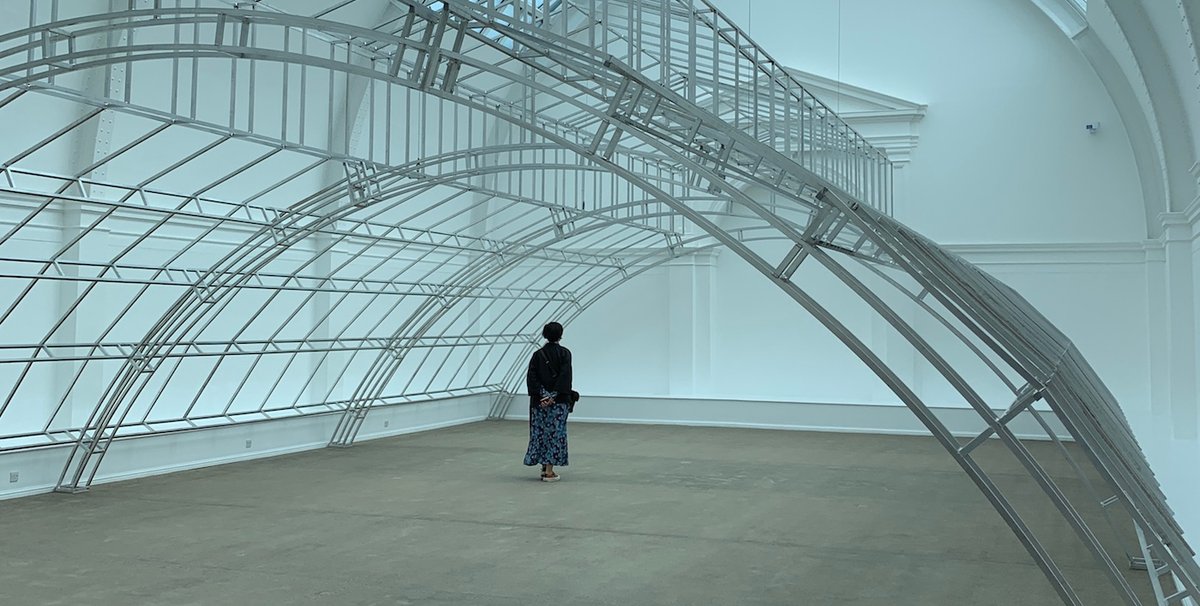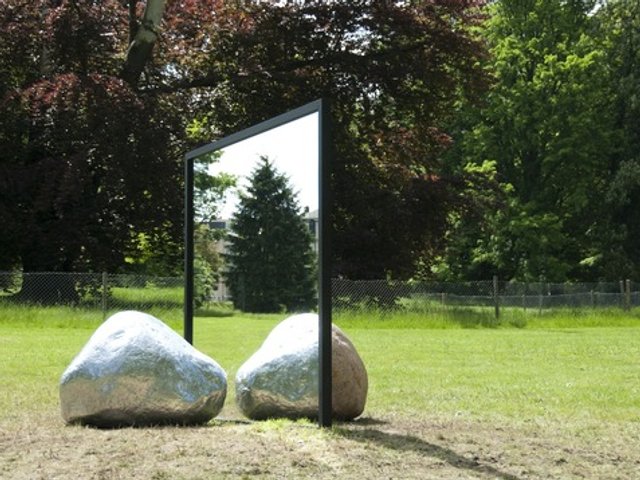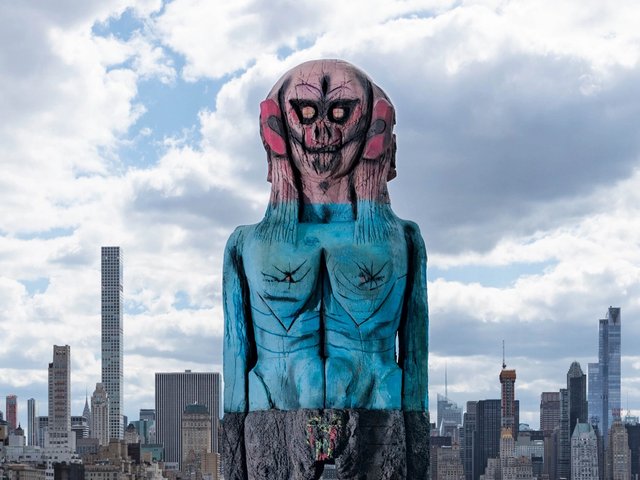Could the new Yorkshire Sculpture International initiative turn the northern England region into a new hotspot in Europe for sculpture, providing a viable alternative to the acclaimed German festival Sculpture Projects Münster? The UK artist Phyllida Barlow has provided a curatorial thesis for the festival: “Sculpture is the most anthropological of the art forms” (or, as the YSI website states, there is a basic human impulse to make and connect with objects).
The ambitious new festival takes place across four partner venues: the Leeds-based Henry Moore Institute, the Leeds Art Gallery, the Hepworth Wakefield and the Yorkshire Sculpture Park until 29 September 2019. The event encompasses a wealth of new commissions, more than ten exhibitions and an associate artist scheme. We picked out some highlights.


